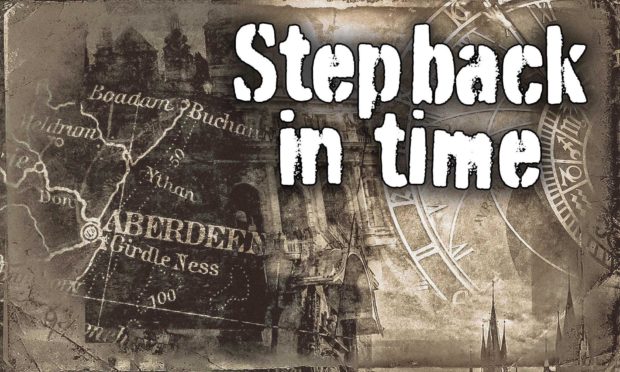Girdleness Lighthouse is one of the most iconic landmarks on Aberdeen’s skyline, standing guard between sea and shore as a beacon of safety.
Its history, though, is rooted in tragedy. In 1813, the whaling ship Oscar was dashed against the coast at Girdleness Bay in a brutal storm and sank with 42 sailors aboard. There were urgent calls for a lighthouse – made stronger by two subsequent tragedies at the same spot when the Caledonia and the Thames were lost on the same day in 1815.
Eventually Girdleness Lighthouse came into service on October 15 1833, designed by engineer Robert Stevenson – the grandfather of author Robert Louis Stevenson. It has been keeping shipping safe ever since. Join us as we shine a light on this historic building over the decades.
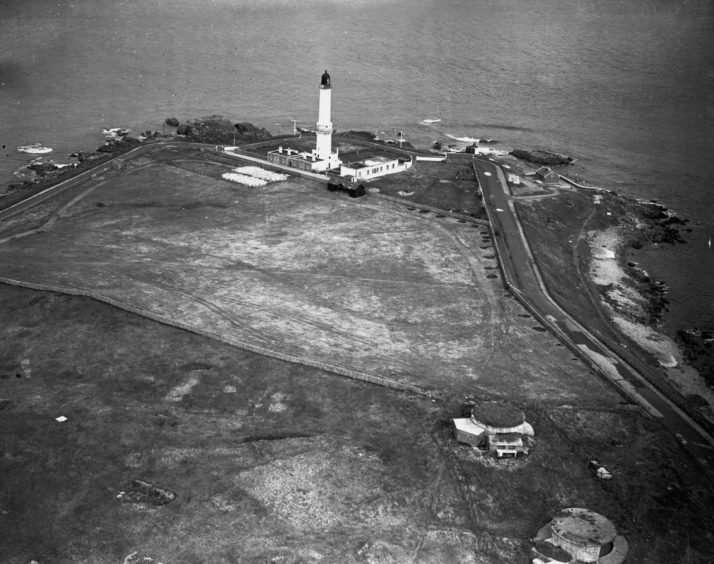
Girdleness Lighthouse as it was in 1948. Standing at 37 metres high and set before 189 steps, it is listed as a building of Architectural and Historic interest.
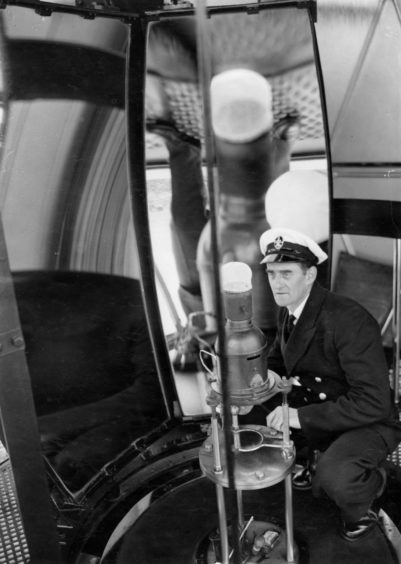
Keeper Bill Cameron checks the lighting apparatus in 1961 with the mirrors showing the magnification of the light in the background. Thirty years later, in 1991, the Girdleness Lighthouse would be automated.
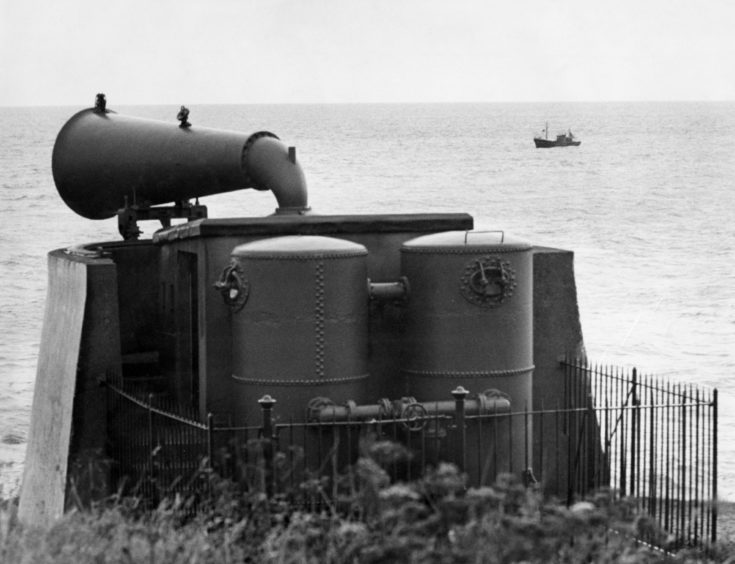
No mention of the Girdleness Lighthouse would be complete without an image of its famous foghorn, the Torry Coo. Named for its booming notes, it was created in 1902 as an additional safety measure. It would sound when visibility was less than five miles, to help ships navigate the shoreline. Pictured here in 1962, the lone ship on the sea is the trawler Donside, which had been moved out of Aberdeen Harbour as a safety measure when a mine became caught up in her nets.
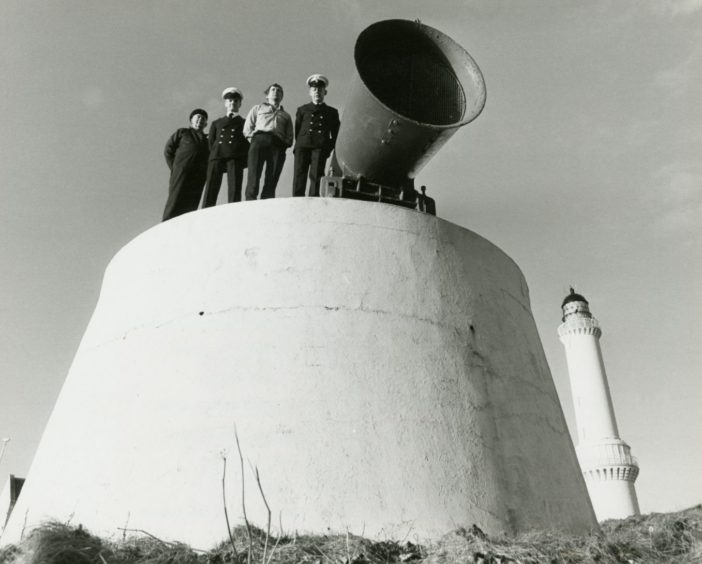
The Torry Coo again, with the lighthouse in the background. This photo was taken on the day the foghorn fell silent forever in 1988, replaced by radar. Standing on the huge concrete support are (left to right) George Corstorphine, occasional lightkeeper; Bill Rosie, principal keeper; Eric Bruce, assistant lightkeeper and Tom Gilmour, local assistant lightkeeper.
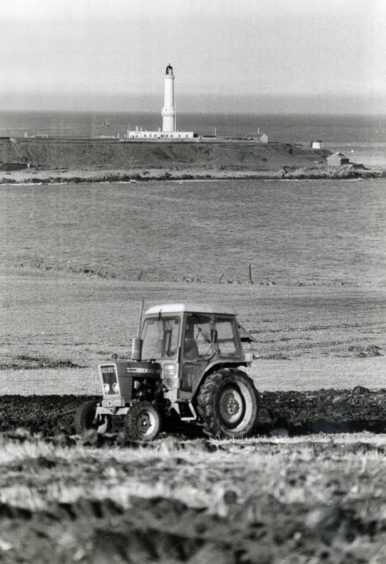
Where the land meets the sea… Girdleness Lighthouse towers over the coastline, as tractorman John Duncan, of Doonies Farm, cuts some of the first rigs of the year in preparation for oat sowing in 1986.
